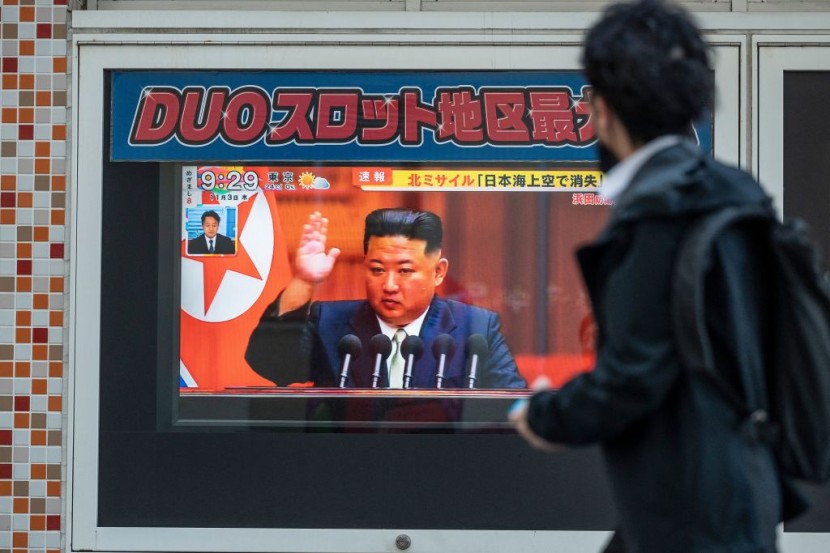
North Korea's military said Monday its recent series of missile tests were preparations to "mercilessly" assault South Korean and United States targets with missiles that possibly contained nuclear warheads.
Kim Jong Un's announcement shows he won't back down from his rivals' efforts to intensify military exercises. However, according to some experts, Kim also used their drills as a pretext to update his nuclear weapons and gain more clout in upcoming negotiations with Washington and Seoul, according to a report published by Yahoo! News.
Tensions Between the Two Koreas Further Intensify
Last week, in protest of extensive US-South Korean air force drills that the North considers an invasion practice, Pyongyang launched dozens of North Korea Missile tests and sent jets flying into the sea, causing evacuation alerts in some South Korean and Japanese communities.
Officials from the United States and South Korea replied that they would improve their joint training exercises and warned the North that the use of nuclear weapons would lead to the overthrow of Kim's leadership.
The General Staff of North Korea military declared in a statement released by state media that the recent comparable military operations by the Korean People's Army are "a clear answer" of North Korea that "the more thoroughly and mercilessly the KPA will counter them."
It said the North Korea Missile tests featured ballistic missiles armed with dispersion and subsurface infiltration warheads to hit enemy air bases, ground-to-air missiles designed to "annihilate" enemy aircraft at varying heights and distances, and strategic missile systems that landed in international waters 80 kilometers (50 miles) off South Korea's southeastern coastal city of Ulsan.
According to the North's military, it also conducted a significant test of a ballistic missile with a unique functional warhead that was tasked with "paralyzing the operation command system of the enemy." This may be a simulation of electromagnetic pulse strikes, but experts doubt North Korea possesses the technology needed to perform this type of attack.
North Korea stated its latest missile launches were modeled assaults on South Korea and the US during a "dangerous war drill," while the South said it had retrieved North Korean missile components near its coast.
Pyongyang Blasts 'Vigilant Storm'
Al Jazeera reported that the North Korea military described the "Vigilant Storm" exercises as an obvious provocation designed to deliberately escalate tensions" and a "dangerous war exercise of a very high aggressive nature."
In Vigilant Storm, hundreds of US and South Korean fighter jets, including B-1B bombers, took part. Since December 2017, B-1B aircraft had not traveled to the Korean Peninsula.
The Joint Chiefs of Staff of South Korea stated during a briefing on Monday that North Korea not mentioning the ICBM had not altered their opinion that the missile was an ICBM that "did not fly normally."
The absence of the intercontinental ballistic missile (ICBM) from Monday's state media report, according to retired South Korean Lt. Gen. Chun In-bum, indicates that the North Korea military did not want to make North Koreans aware of its failure.
As per a CNN report, he said that since the third phase failed, whatever North Korea claims, it ignored UN resolutions and "peace overture of the alliance and conducted a provocative test of an ICBM and it seems it didn't achieve its intended goal."
The former South Korean military official also suggested: "focus on the facts, not on what North Korea claims."
Related Article : South Korea Detects 180 North Korean Warplanes Near Border, Prompting Seoul To Scramble Fighter Jets








